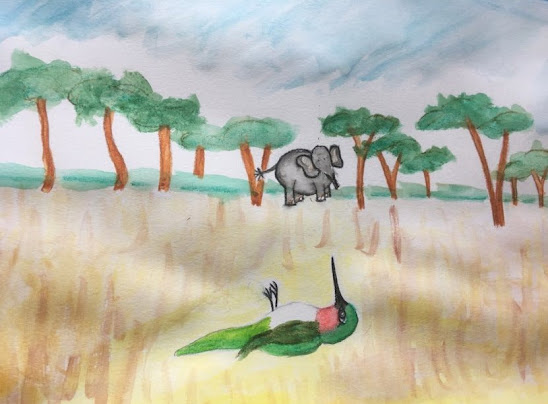Educators using RPGs

I gave a presentation today at an international online conference about heritage language education. A thought came to me at the end of the Q & A ... to create a facebook group with online meetups to discuss our own rpgs and how they are going. It will be a place to get advice from other educators and to even get ideas of what to try in your own classroom. Thus, I present to you Dungeons & Desks: The RPG Teacher Network Come join us as we share and inspire each other on the topic of rpgs in education.


